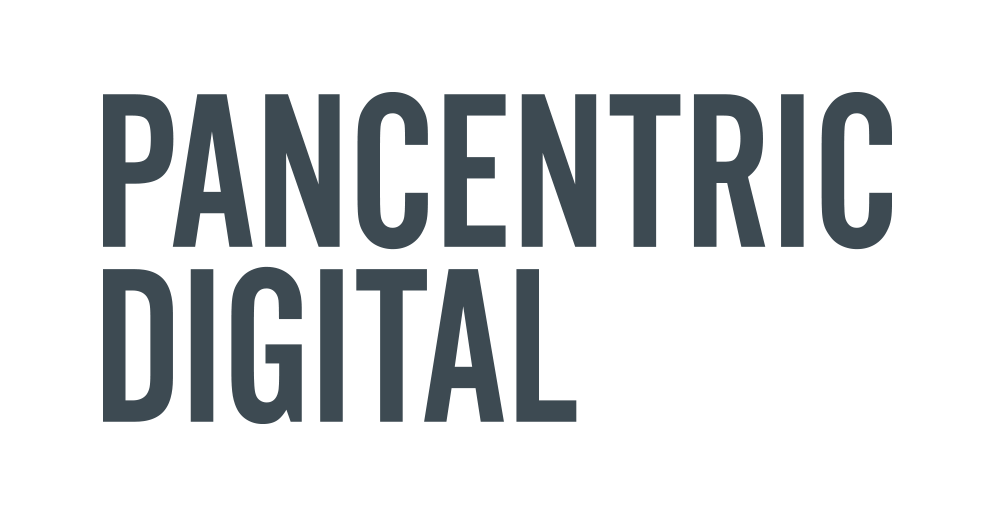Far more than just scheduling emails, marketing automation uses technology to execute, manage, and automate repetitive marketing tasks across multiple channels, triggered by specific customer actions or timelines. When implemented correctly, it streamlines workflows, scales personalization, and frees your team to focus on higher-value activities.
Why Marketing Automation is Critical for Enterprise Success
For sales and marketing leaders, implementing a robust automation strategy delivers tangible business benefits:
-
Scalable Lead Nurturing: Pre-defined, automated workflows can consistently cultivate leads through the funnel based on their behavior (e.g., website visits, content downloads, email clicks), delivering warmer, more qualified leads to sales without constant manual intervention.
-
Operational Efficiency & Productivity: Automating repetitive tasks (like sending welcome emails, segmenting lists based on actions, or triggering follow-ups) dramatically reduces manual workload, optimizes resource allocation, and ensures timely communication.
-
Personalization at Scale: Automation allows you to deliver highly personalized experiences based on individual customer data and behavior, far beyond what's possible with manual segmentation alone. This increases relevance and engagement.
-
Improved Lead Quality & Sales Alignment: Automated lead scoring and routing ensure that sales teams receive leads at the right time, with full context on their engagement history, leading to more effective follow-up and higher conversion rates.
-
Enhanced Customer Retention: Automation powers critical retention strategies like onboarding sequences, re-engagement campaigns for inactive users, and personalized loyalty offers, maximizing Customer Lifetime Value (CLV).
-
Measurable ROI: Automation platforms provide detailed analytics, allowing you to track how specific automated workflows contribute to lead generation, conversions, and revenue, clearly demonstrating marketing's impact.
Strategic Planning: The Foundation of Automation Success
A common pitfall is viewing marketing automation solely as a technology purchase. Many acquire sophisticated software expecting it to magically generate leads, only to find they lack the strategy to feed the top of the funnel or manage the middle effectively.
Successful automation requires meticulous planning before implementation:
-
Define Clear Objectives: What specific business goals will automation support? (e.g., Increase MQL-to-SQL conversion rate by 15%, Reduce onboarding churn by 10%).
-
Map the Customer Journey: Understand the distinct paths different customer segments take. Identify key touchpoints, potential friction points, and opportunities where automation can add value.
-
Identify Trigger Points & Actions: What specific user behaviors (e.g., form submission, page visit, email click, purchase) or timed events (e.g., 3 days post-demo, 30 days inactivity) will initiate an automated workflow? What sequence of actions (emails, internal alerts, list updates) should follow?
-
Prepare Your Content Assets: Ensure you have the necessary email templates, landing pages, forms, and downloadable content ready to populate your automated workflows.
-
Ensure Data Readiness: Confirm your data is clean, accurate, and properly segmented. Automation relies heavily on reliable data triggers.
Visualizing the Flow: Workflow diagrams are invaluable during planning. They force you to think through every possible customer action (or inaction) and define the corresponding automated response, including time delays.
Example: A simple Welcome Program Workflow might look like:
-
Trigger: New Contact Added (via website form).
-
Action 1: Send "Welcome Email 1" immediately.
-
Wait: 3 days.
-
Condition: Did contact click link in Email 1?
-
If YES: Add to "Engaged Prospect" segment, send "Targeted Offer Email."
-
If NO: Send "Welcome Email 2 (Value Prop Focus)."
-
Wait: 5 days... (continue logic).
Key Principles for Effective Marketing Automation (Do's & Don'ts)
Do:
-
Integrate with Inbound Strategy: Automation should enhance, not replace, your efforts to provide valuable, relevant content. Use it to deliver the right content, to the right person, at precisely the right moment in their journey.
-
Focus on the Customer Experience: Design workflows from the customer's perspective. Ensure each automated touchpoint provides value and moves them logically towards their goal (and yours). Avoid purely self-serving automation.
-
Automate for Retention, Not Just Acquisition: Implement onboarding sequences, customer feedback loops, re-engagement campaigns, and loyalty programs. It's often easier and more profitable to retain an existing customer than acquire a new one.
-
Continuously Optimize: Automation is not "set it and forget it." Regularly analyze workflow performance, A/B test email content and timing, and refine your logic based on real data.
Don't:
-
Implement Technology Without a Strategy: Buying a platform without clear goals and a well-defined plan is a recipe for wasted investment. Strategy first, technology second.
-
Automate Irrelevant Mass Emails: Automation's power lies in personalization and relevance. Using it to simply blast generic messages more frequently will lead to unsubscribes and spam complaints. Segment rigorously.
-
Neglect Planning & Testing: Thoroughly map out and test every step of your workflow before launching it to your audience. Broken links or incorrect logic can damage the customer experience and your brand reputation.
Conclusion: Automation as a Strategic Lever
Marketing automation is a powerful strategic lever that, when planned and executed thoughtfully, can transform your marketing operations. It enables scalability, enhances personalization, improves efficiency, and provides the measurability needed to prove ROI. By focusing on a customer-centric strategy and meticulous planning, you can harness the full potential of automation to drive sustainable business growth.
Ready to explore how marketing automation can transform your business? Learn more about Enabler's automation capabilities or request a personalized demo.





